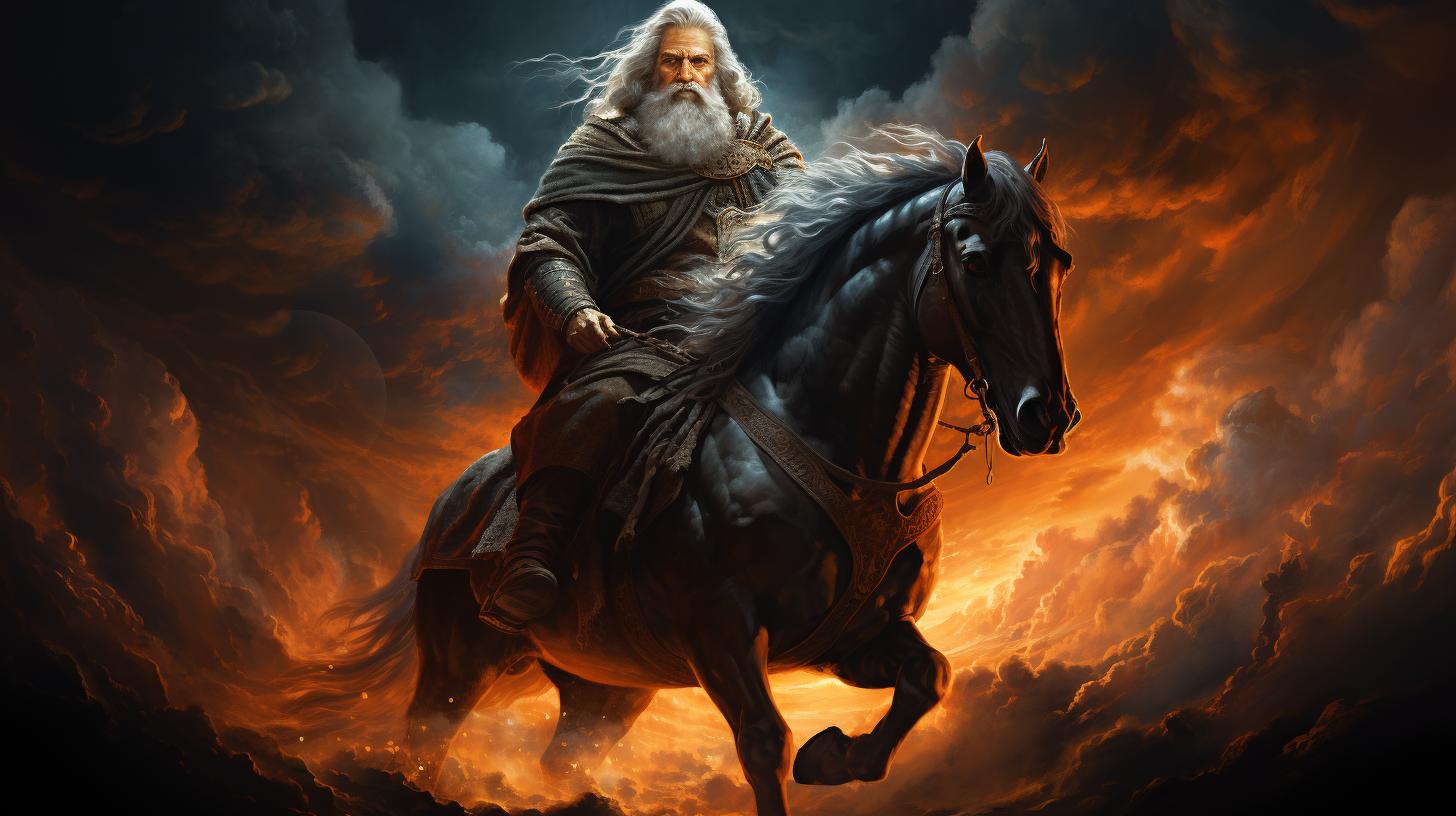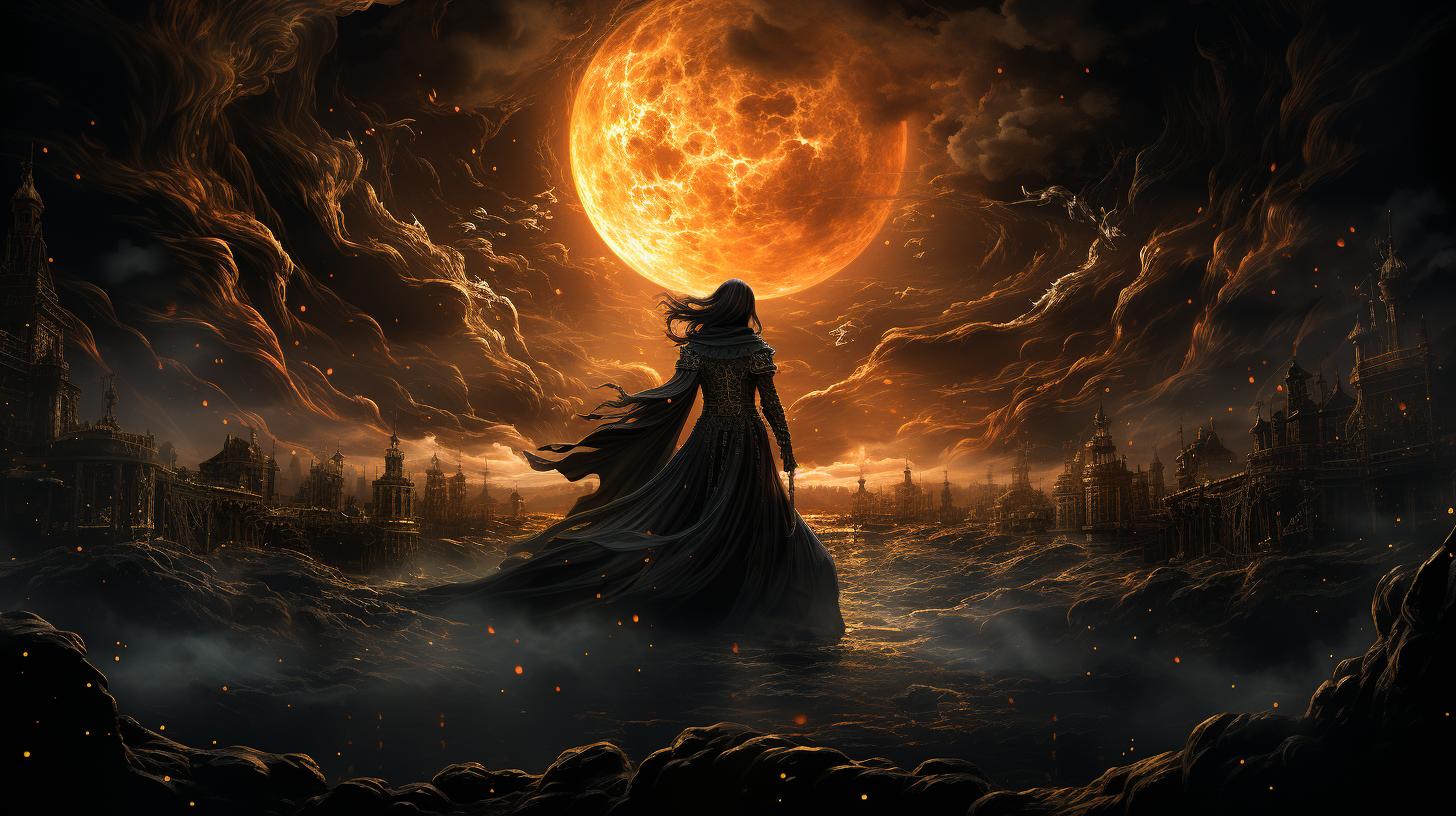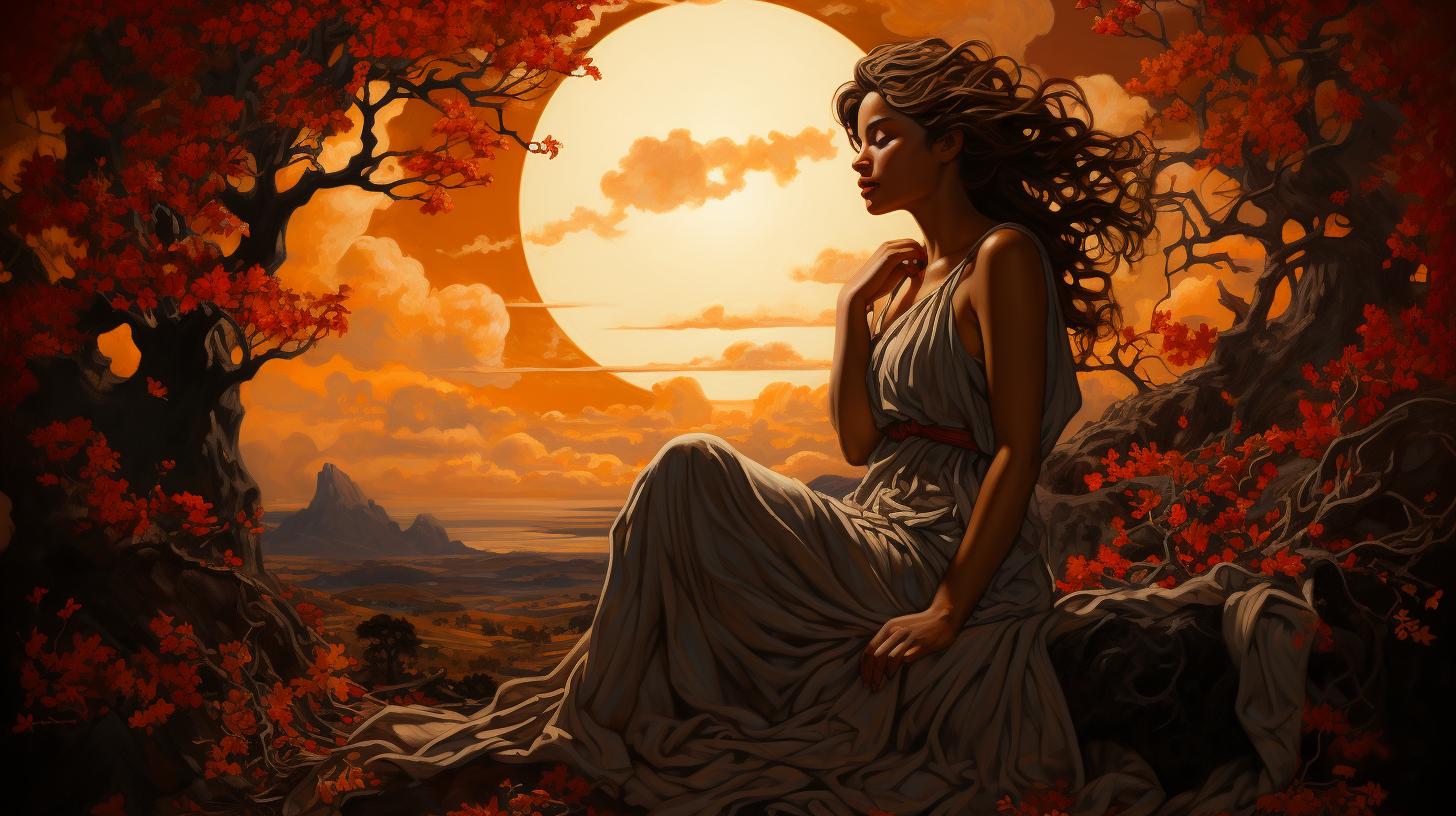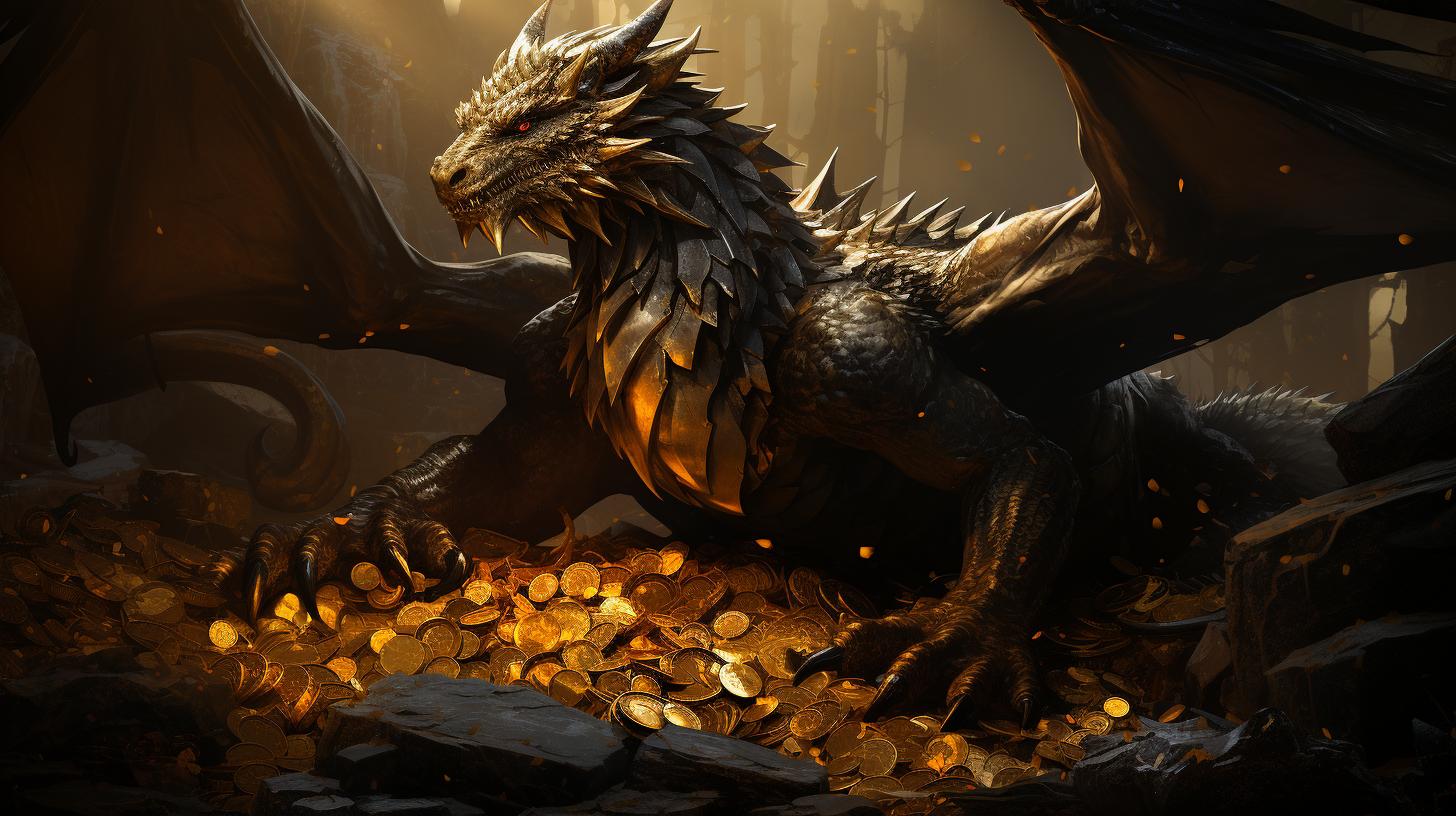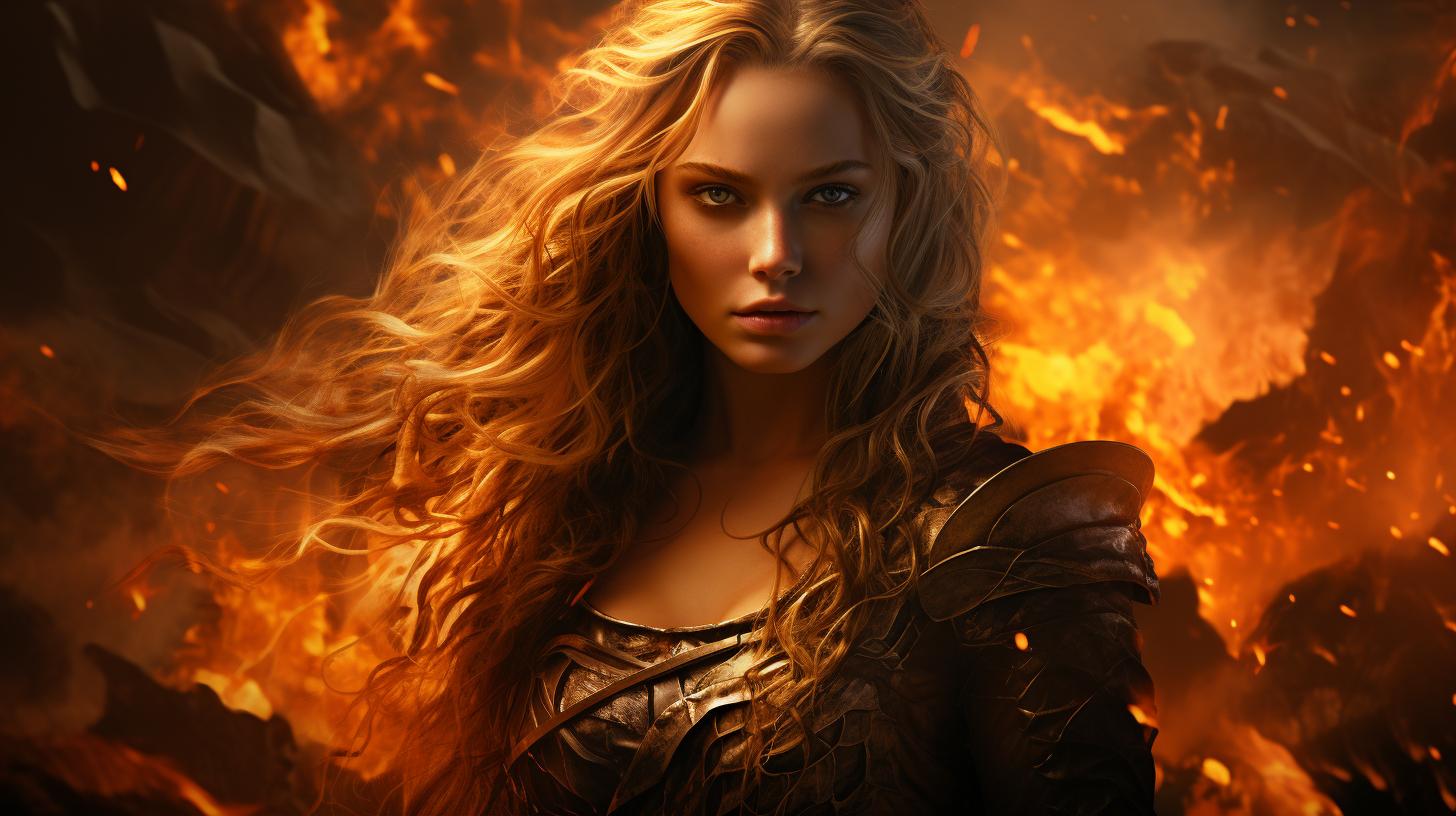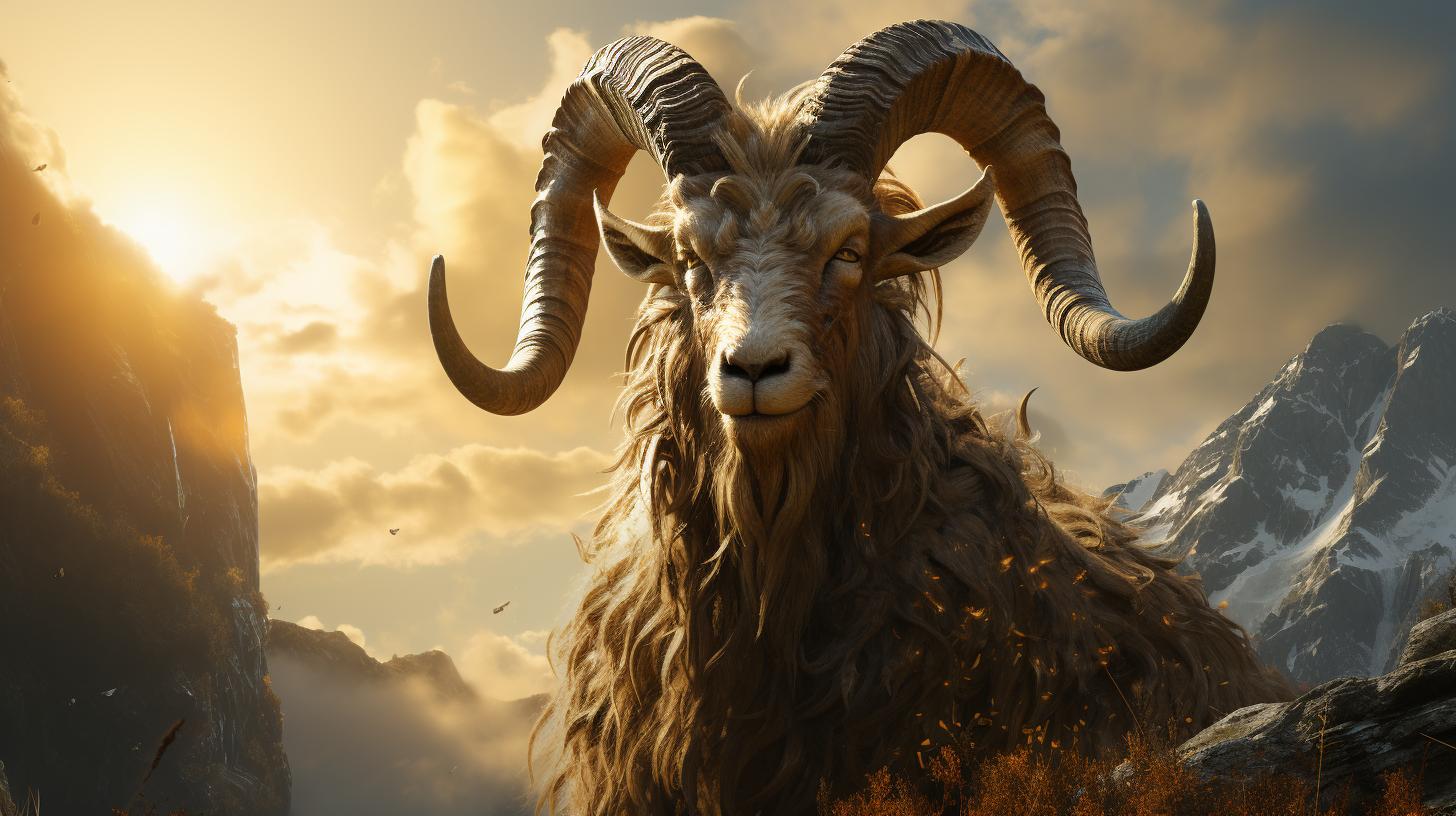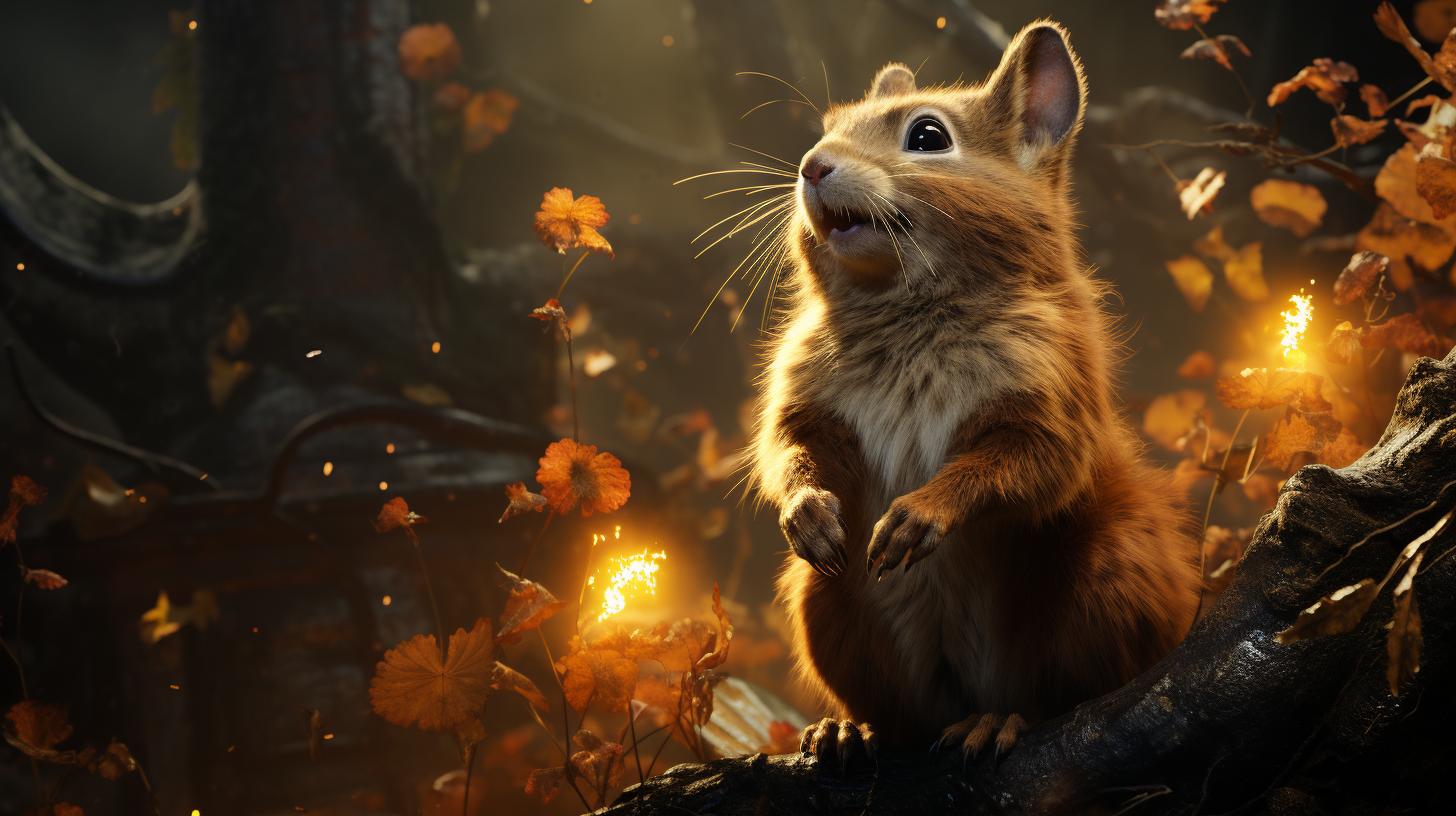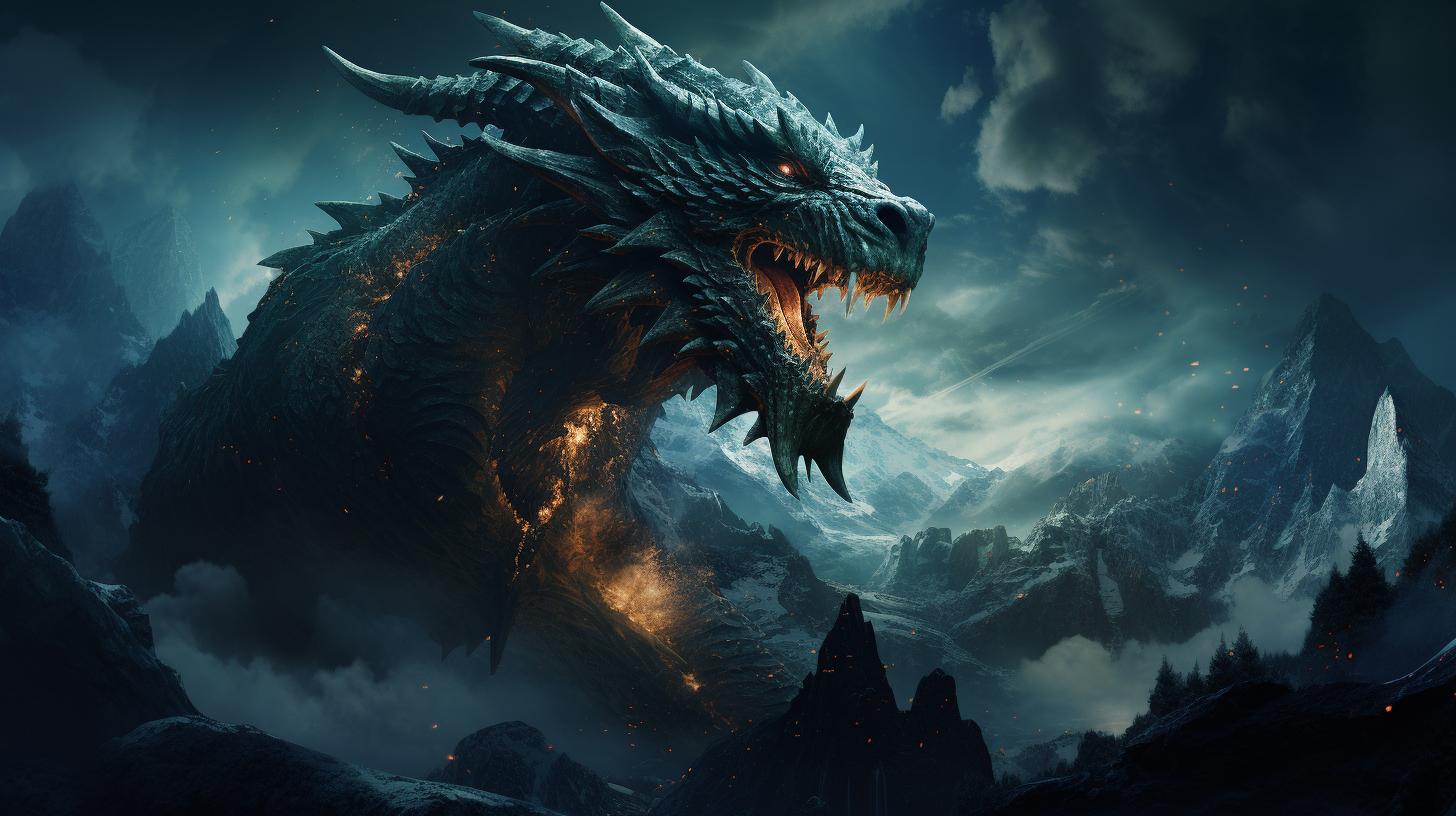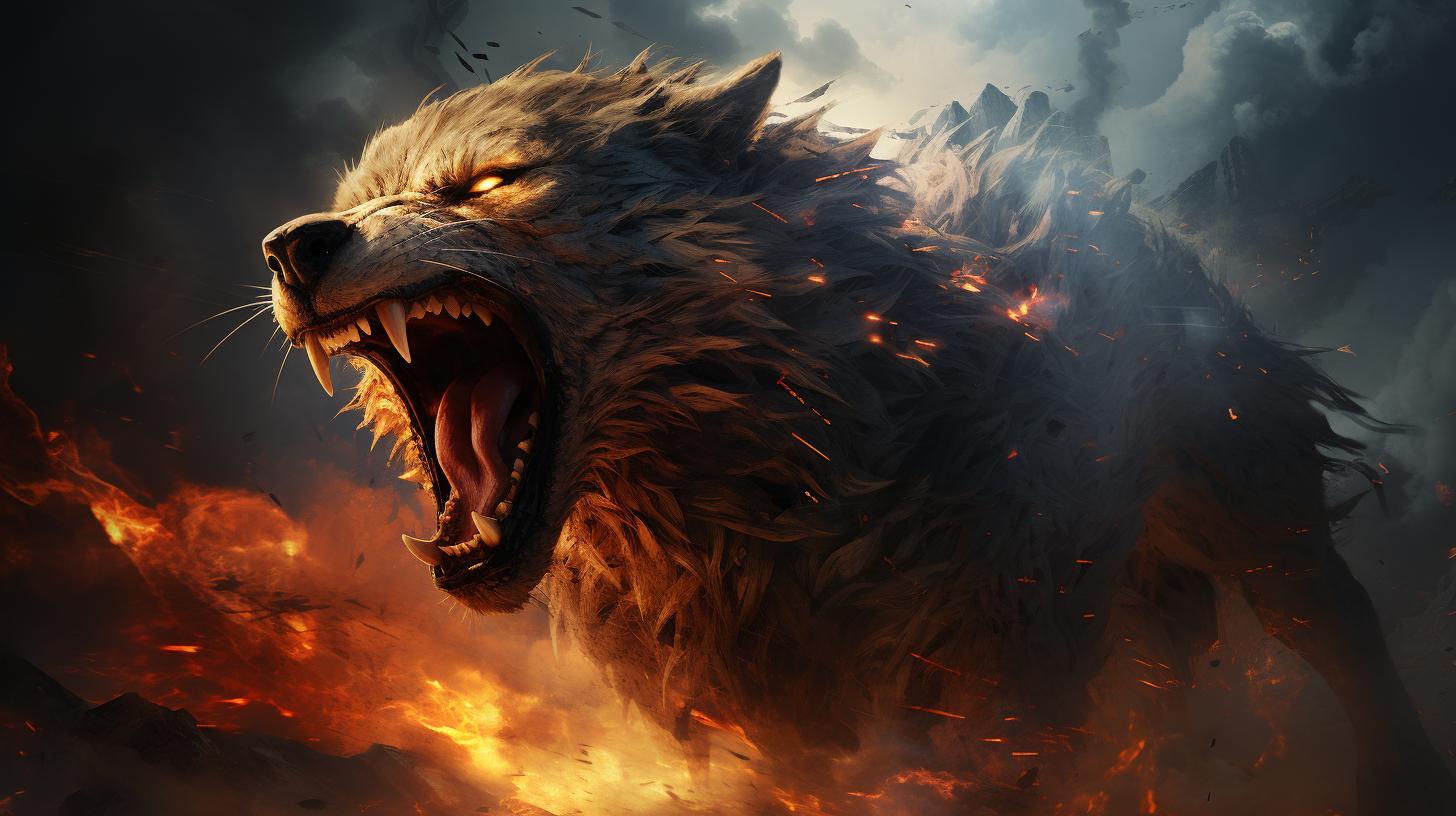Discover the Mythical Powers of Dagr, the Norse God of Day
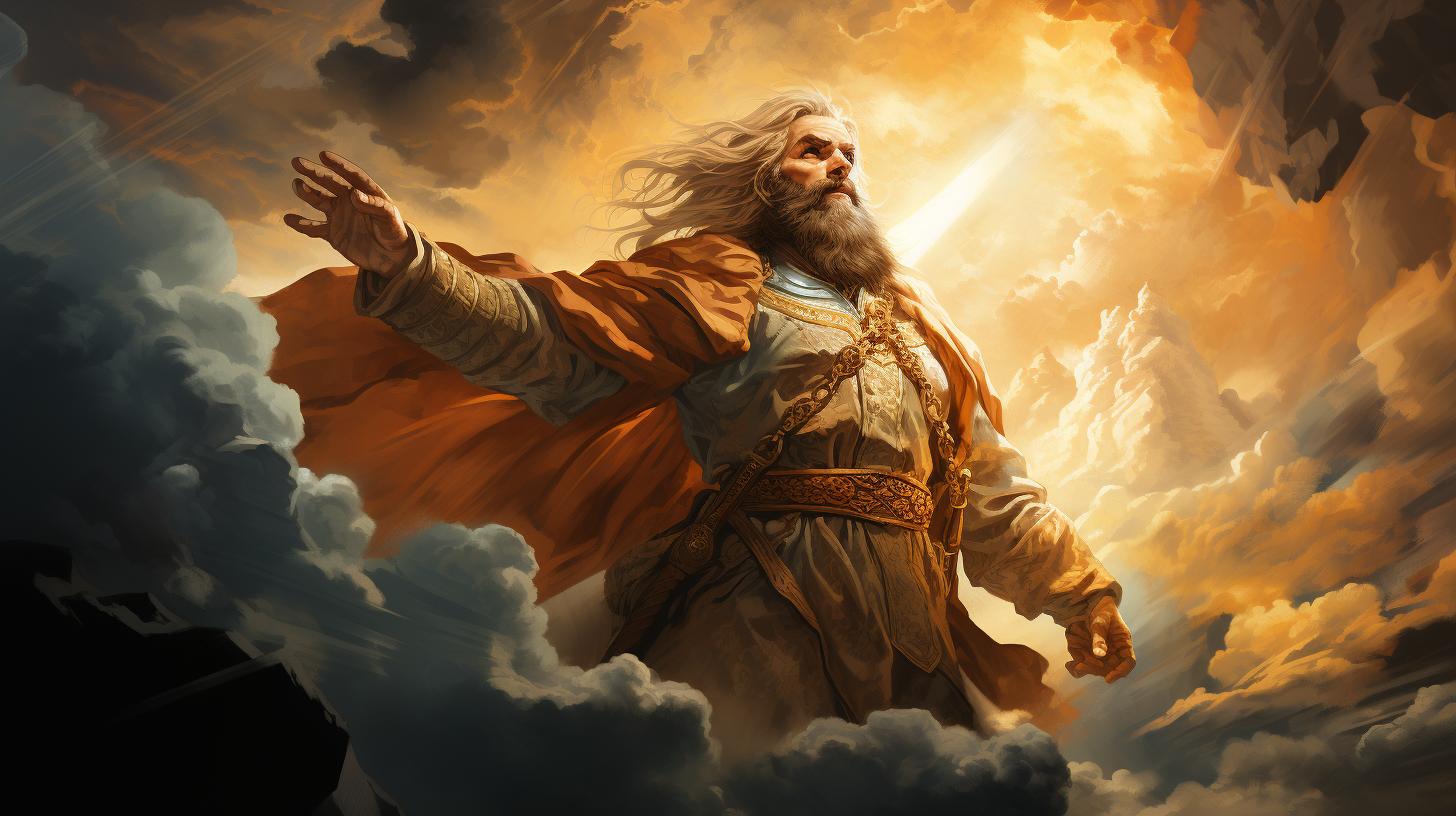
Dagr, the Norse god of day, holds significant importance in Norse mythology. Associated with the shining-maned horse Skinfaxi, Dagr illuminates the world on a daily basis. This deity’s parentage is debated, with some sources suggesting Nótt, the personification of night, while others propose Jörð, the personification of Earth, as Dagr’s mother.
Alongside exploration of Dagr’s relationships with other gods, such as Svipdagr and Freyja, this article delves into the comparisons with Greek day deities Hemera and Sunna. The symbolism and mythical tales surrounding Dagr’s role in victory, healing, and fertility are also examined.
The Origins of Dagr, the Norse God of Day
In Norse mythology, Dagr is revered as the god who personifies and governs the concept of day. His origins are shrouded in mystery and subject to various interpretations. Let’s dive into the different aspects of Dagr’s origins and his pivotal role in Norse mythology.
Dagr’s Paternity and Maternity
According to sources written in the 13th century, Dagr is believed to be the son of the god Dellingr. However, opinions diverge when it comes to his mother. While some manuscripts suggest that his mother is Nótt, the personification of night, others propose Jörð, the personification of Earth, as a potential maternal figure.
The question of his parentage adds an intriguing layer to the enigmatic nature of Dagr.
Associating Dagr with Skinfaxi, the Shining-Maned Horse
A significant aspect of Dagr’s mythology lies in his association with Skinfaxi, the magnificent horse with a radiant mane. It is said that Odin granted Dagr and his mother Nótt a celestial chariot and a remarkable steed.
Dagr’s gift was Skinfaxi, whose luminous mane illuminates the sky and the earth. This radiant horse plays a crucial role in carrying Dagr across the heavens, allowing him to bring daylight to humanity.
Dagr’s Role in Bringing Light to the World
Dagr’s primary duty is to bring light to the world by riding his luminous horse Skinfaxi across the celestial realm. As the god of day, he ensures the transition from night to day and heralds the rise of the sun.
This cyclical journey serves to provide illumination and guide mortals through the periods of daylight, allowing life to flourish and activities to take place.
In ancient Norse society, Dagr held immense significance in shaping the daily rhythms of life and providing a sense of order and predictability.
Without the presence of Dagr and the daylight he brings, the world would be submerged in eternal darkness, hindering productivity and growth.
Dagr and the Norse Pantheon
Within the fascinating Norse pantheon, Dagr holds an important place, intertwined with various other gods and myths. Let’s explore Dagr’s connections to other Norse deities.
Dagr’s Connection to Other Norse Gods
Dagr’s lineage and associations link him to a lineage of powerful gods.
As the son of Dellingr and possibly the son of Nótt or Jörð, Dagr shares a divine heritage with prominent figures in Norse mythology, such as Odin, Thor, and Freyja.
Exploring the Relationship Between Dagr and Svipdagr
An intriguing relationship exists between Dagr and the heroic figure Svipdagr. Some scholars propose that Svipdagr is a version or alternate name for Dagr. This connection raises inquiries about Svipdagr’s significance and potential overlapping roles with Dagr.
Could Svipdagr also possess fertility associations similar to those of Dagr and Freyja?
Examining Dagr’s Possible Fertility Association with Freyja
One compelling aspect to explore is the potential link between Dagr and the goddess of fertility, Freyja. Some theories posit that Dagr’s connection to Svipdagr, who may represent him, may extend to associations with the fruitful endeavors and the nurturing aspects embodied by Freyja.
Delving into this connection may shed light on the deeper meanings behind Dagr’s role and his relationship to the pantheon as a whole.
In conclusion, Dagr’s connections to other Norse gods, his potential identity overlap with Svipdagr, and the possible fertility associations with Freyja open up a world of exploration within the Norse pantheon.
Understanding these connections further illuminates the intricate web of relationships and significance attributed to Dagr, adding depth to the captivating tapestry of Norse mythology.
Comparisons with Other Day Deities
Contrasting Dagr with Hemera, the Greek Goddess of Day
In Norse mythology, Dagr, the Norse god of day, bears similarities and differences when compared to Hemera, the Greek goddess of day. While both deities are associated with the concept of day, there are distinct contrasts in their gender and parentage.
Dagr, being male, is believed to be the son of Nótt, the personification of night, or potentially Jörð, the personification of Earth. In contrast, Hemera is depicted as a female deity and the daughter of Nyx, the Greek goddess of night.
Beyond their gender distinctions, Dagr and Hemera also differ in their mythological roles. Dagr is closely connected to the horse Skinfaxi, whose mane illuminates the entire sky and earth, symbolizing the arrival of dawn.
As the personification of day, Dagr carries light and warmth to humanity. On the other hand, Hemera in Greek mythology represents the day as a distinct entity, but the specifics of her role and attributes vary across different sources.
Unveiling the Distinctions Between Dagr and Sunna, the Norse Goddess of the Sun
While Dagr holds a prominent position as the god of day, Sunna, the Norse goddess of the sun, also plays a significant role in Norse mythology. Although both entities are associated with the celestial and luminous aspects of daytime, they have distinct characteristics and origins.
Sunna is considered the daughter of Mundilfari and the sister of Máni, the moon god.
Unlike Dagr, who rides his majestic horse Skinfaxi, Sunna traverses the sky in her sun chariot, radiating warmth and light to the world below.
She shares certain qualities with the fertility god Freyr, such as healing, protection, and fertility. Additionally, Sunna is believed to possess a connection to the concept of victory. As a deity of fire, Sunna embodies the transformative power of the sun’s rays.
It is noteworthy that while both Dagr and Sunna hold important roles in Norse mythology, they serve different purposes and embody unique aspects of daylight. Their individual characteristics and relationships with other deities contribute to the diverse and rich mythological tapestry of the Norse pantheon.
In Summary
Dagr, the Norse god of day, stands out in comparison to Hemera, the Greek goddess of day, due to their contrasting gender and parentage. Similarly, the distinctions between Dagr and Sunna, the Norse goddess of the sun, highlight the diverse roles they play in Norse mythology.
Understanding these comparisons sheds light on the intricacies of the Norse pantheon and provides a deeper appreciation for the significance of each deity’s contribution to the mythology of light and darkness.
Dagr, the Day, and its Symbolism in Norse Mythology
In Norse mythology, Dagr holds great symbolic significance in relation to the day cycle and its various aspects. The concept of day and night is deeply ingrained in Norse cosmology, and Dagr plays a significant role in shaping the mythological narrative.
Symbolic Significance of Dagr and the Day Cycle
The concept of day, represented by Dagr, symbolizes light, vitality, and the cyclical nature of time. As the embodiment of day, Dagr brings illumination and warmth to the world. The day cycle, with its distinct transition from darkness to light and back, represents the perpetual cosmic order and the eternal interplay of opposing forces.
Furthermore, the day cycle serves as a metaphor for personal growth and renewal. Just as each new day brings fresh opportunities and the potential for transformation, individuals are encouraged to embrace the dawn of each day as a chance for self-improvement and progress.
Exploring Dagr’s Role in Victory, Healing, and Fertility
Dagr’s association with victory reflects the belief that daylight symbolizes triumph over darkness and adversity. In Norse mythology, warriors invoke Dagr’s favor before battle, seeking his empowering rays to guide them towards victory.
Additionally, Dagr is revered as a deity of healing, representing the restorative powers of sunlight and its ability to nourish and rejuvenate. The warmth and light of Dagr’s presence bring hope and vitality to those in need of healing.
Moreover, Dagr’s connections to fertility are tied to the abundance and growth that daylight brings. As a symbol of fertility, Dagr represents the fruitful union between the life-giving power of the sun and the fertile Earth.
Dagr’s influence extends to the agricultural realm, where his blessings are sought to ensure bountiful harvests and the prosperity of crops.
Unraveling the Mythical Stories and Encounters Involving Dagr
Throughout Norse mythology, numerous mythical stories and encounters involving Dagr showcase his pivotal role in shaping the divine narrative. These tales often depict Dagr’s interactions with other deities, such as his encounters with the powerful Æsir or engaging in epic battles against forces of darkness and chaos.
One such myth centers around Dagr’s fated journey across the sky, tirelessly riding his radiant horse Skinfaxi, bringing light and life to the world. This eternal cycle mirrors the cosmic order and the continuous ebb and flow of day and night, emphasizing Dagr’s divine purpose in maintaining cosmic harmony.
In conclusion, Dagr, the Norse god of day, embodies the symbolic significance of the day cycle, representing light, victory, healing, and fertility. His mythical stories and encounters illustrate his crucial role in Norse mythology, highlighting the profound influence of Dagr in shaping the divine narrative and the enduring symbolism connected to the concept of day.
.

